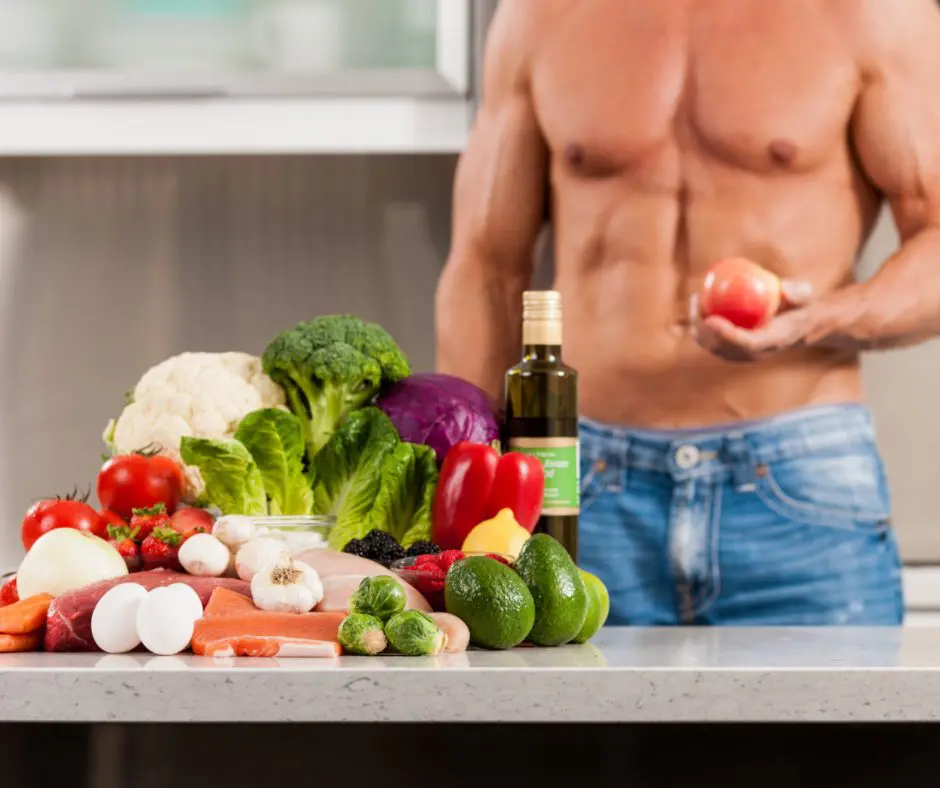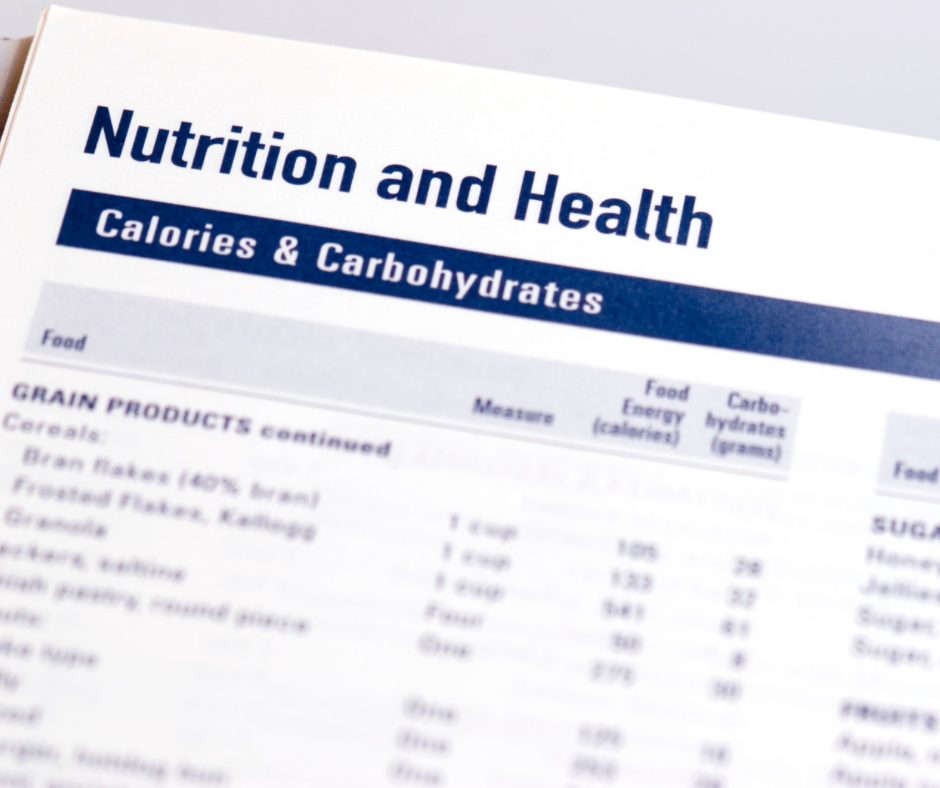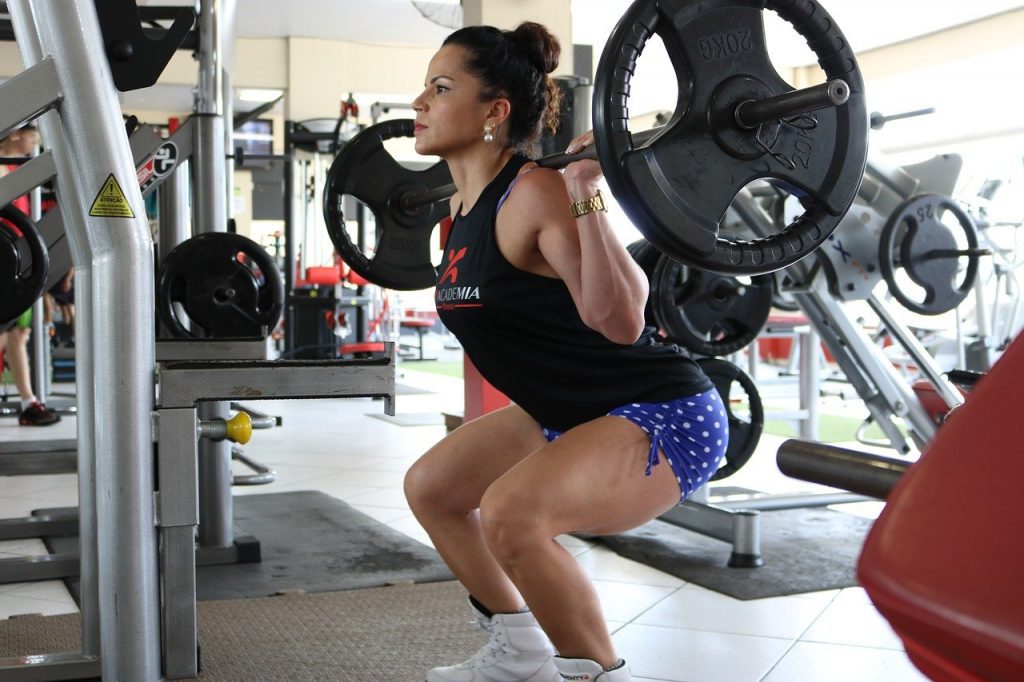
The best online fitness resource you'll ever need. We filter out the BS to ensure you meet your health and fitness goals!

The best online fitness resource you'll ever need. We filter out the BS to ensure you meet your health and fitness goals!

Unless your plan is to perma-bulk all your life, at some point during your bodybuilding and resistance training life you’re going to want to figure out how to calculate macros for cutting. Your cutting phase is where you will end up stripping back that hard-earned body fat to reveal the muscle-bound God underneath.
It might sound intimidating, and you may be worried that you’ll end up losing all those hard-earned gains, but with the right strategy and the right macros for cutting you will be able to protect your gains, and maybe even make some additional strength gains along the way.
If that sounds appealing, then keep reading.
A macronutrient is simply one of the 3 food groups that make up our balanced diets. Proteins, carbohydrates, and fats. There is also alcohol, which is technically the fourth macronutrient, but we don’t tend to talk about that often as it’s not integral to our plans.
Protein is an important, non-negotiable, part of our diets as the amino acids which make up dietary protein can not be naturally synthesized within the human body. These are called Essential Amino Acids. It’s an important part of cell production and muscle building. Without protein, your work in the gym is entirely pointless. The amino acids you feed your body through dietary protein go towards repairing and growing those muscles you worked.
Carbohydrates are our bodies preferred and most convenient source of energy. Dietary carbohydrate is converted to glucose and lives as glycogen in our muscles and liver. When the body needs energy it’s easily available in this form. It also contributes to muscle growth and repair but not in the same way as protein. More carbs mean more energy in the gym. A post-gym snack helps give the body additional energy for muscle growth and repair.
Fats help to keep your hormones working and provides the body with energy. It’s quite energy-dense, but not as efficient to pull from as carbohydrates. What’s interesting is that whilst the body prefers carbohydrates for energy it doesn’t need it like it needs fat. In the absence of carbs, such as in a ketogenic diet, the body starts to learn to rely upon fat and can produce glycogen in other ways in the absence of carbohydrates. What’s important to note is that fat doesn’t actually make you fat. But we will get to that later.
As you can see, macronutrients are important for different reasons. Manipulating the ratio will produce different results when paired with resistance training.

A calorie is a unit of energy. Body fat is stored energy. When you move, you burn calories. When you eat, you refuel your body with more calories. Every process that takes place within the human body costs a certain amount of calories. Manipulate the balance of calories in vs calories out, also known as the energy balance equation, and you will manipulate your body fat percentage.
Every human being has a base metabolic rate, the number of calories it takes to keep the body running at rest or in a coma. The bare minimum. Activity such as moving around, exercising, and eating and digesting food burns additional calories. The total number of calories combined is referred to as your Total Daily Energy Expenditure. If all of those activities equated to 2000 calories, for example, and you ate a total of 2000 calories per day you would maintain your current weight. Because you would be eating the right amount for your lifestyle. The scale would neither go up or down. This is known as your maintenance calories.
So, to calculate macros for cutting to lose your body fat you need to eat less than maintenance. This is known as a calorie deficit and forces your body to tap into its stored energy reserves. Your body fat.
A sensible number to eat would be 500 less than maintenance as this would give your body enough energy to go about its day without feeling restrictive and also ensure that it’s not forced to tap into your all-important muscle mass for additional energy. This would waste your gains.
A deficit greater than this has been shown to lower possible adherence. Meaning greater chances of unintentional cheat days resulting in a slowing down of progress.
500 calories a day equates to 3500 calories a week. 1lb of body fat has been estimated to be in the range of 3500 calories. That’s a 1lb of body fat loss a week. A respectable rate of fat loss for anyone. There’s no need to rush it.
To calculate macros for cutting and find out how many calories your maintenance is, simply go to a site like www.tdeecalculator.net and fill in the details. Subtract 500 from the maintenance total and you’re on to a good start.
Once you have figured out your caloric total for your cut it’s time to fit your macros into it.
Protein is the most important macronutrient to get right in a cut. You need enough to fuel repair and potential growth from your resistance training, and also give your body enough amino acids to preserve and prevent catabolism.
As cited by Brad Schoenfeld, during a bulking and hypertrophy phase it’s been observed that eating between 1.6gs and 2.2gs of protein per kg of body weight produces the most optimal muscle hypertrophy. There’s no singular recommendation for any one individual but if you’re a 100kg individual, then 160gs is about the minimum you could potentially consume per day.
During a cut, you want to consider erring on the side of caution.
The body is regularly anabolic and catabolic throughout the day in general regardless of eating habits. However, a calorie surplus and regular physical activity have been observed to promote more muscle anabolism. And regular protein feedings have been shown to promote muscle protein synthesis, the mechanism that controls muscle growth. A calorie deficit, however, has also been shown to promote more muscle protein breakdown. Therefore, it is believed that increasing your protein intake and regular protein feedings would help towards reducing that muscle catabolism during a calorie deficit. Suggesting that eating more protein, perhaps the upper end of the ideal scale around 2.2gs per kg split across four or five meals, is a good idea during a cut.
So, if you’re a 100kg individual starting a cut then ensure you’re eating at least 220gs of protein a day across multiple meals.
Protein provides 4 calories per gram. 220gs of protein contributes about 880 calories per day.
When you calculate macros for cutting, let’s assume for this example that 2000 calories are a 500 calorie deficit for you, so it would cause you to lose weight over time. Consuming 880 calories in protein would leave you with 1110 calories a day to play around with.

So now you have your protein figured out, it’s time to plan out the other two macronutrients. Carbohydrates and fats.
Now, this is where a lot of controversies occur. Some consider these macronutrients individually important. Others not so much. It can really depend on several factors. Your dietary preference. The intensity in the gym. And just generally how strict you want to be.
If you’re on a ketogenic diet, your decision has been made for you. You know how many carbs you need to eat enter ketosis. Usually around 50gs per day. Carbs also provide 4 calories per gram so our 2000 calorie individual, who has already dedicated 880 calories to protein, that would be an additional 200 calories for carbs. A total of 1080 calories. So that leaves 910 calories for fat.
Fat, as we’ve mentioned previously, is energy-dense. And 1g of fat provides the body with 9 calories. So, if our math is correct, 910 calories would come from about 100gs of fat.
So, in summary, when you calculate macros for cutting our ketogenic dieter who can cut body fat on 2000 calories would consume 220gs of protein, 50gs of carbs, and 100gs of fat per day. Over time, they would lose their body fat.
However not everyone has this luxury of a strict diet, so what would benefit more flexible dieters?
As we’ve mentioned before, body fat is reduced in a calorie deficit. So long as your protein is high to preserve muscle mass, your carbs and fats can actually be wherever you would like them to be.
If that’s not the answer you wanted, and you’d like something a bit more rigid, a good macro split is 40/40/20. 40% protein, 40% carbs, 20% fat. This provides a good amount of amino acids for growth, carbs for energy and fats for your hormones, and everything else.
So, our 2000 calorie individual would consume 200gs of protein, which we calculated earlier, 200gs of carbohydrates, and 45gs of fat.
To figure all this out, simply take your cutting calorie target (in this instance it was 2000), multiply it by the percentage, and divide that number by the calories per gram.
For example, to figure out your carbohydrate target that would be 2000 x 40% = 800.
800 / 4 = 200gs of carbs.
The age-old question. What food are you allowed to eat on a cut?
The answer is incredibly simple.
Whatever you like, just make sure your micronutrients are covered so you don’t end up with a vitamin deficiency.
Your nutrition needs to be simple, non-restrictive, and delicious. So, you really can eat whatever you like. A popular flexible dieting approach is IIFYM. If It Fits Your Macros. So long as you hit your macros, and your calorie budget, your results will come.
However, as you are on a calorie deficit it would be wise to steer clear of too many hyper-palatable foods. Foods that provide little nutritional benefit and make you feel hungry afterward. These typically tend to be highly processed and provide little to no nutritional benefit.
Try to consume high-volume low-calorie meals that fill your stomach up and keep you satiated. If you are eating a high protein diet, that will satiate you anyway. But ensuring you are also eating high-volume foods will make you feel fuller too, which makes any cutting cycle that much easier to manage. Think of salads. Lots of leafy greens and vegetables.
The low-carb macro split actually becomes beneficial in a cut. From a calorie perspective you would lose the same amount of body fat on the cut, but being low carb and high-fat causes hunger cues to lower much more than on a ‘traditional’ diet. So you may see benefit going down that route. The only downside is the difficulty in getting your body used to such a diet. Especially early on. The change in macro split can cause some discomfort, so it’s best to plan ahead in this situation.

The final piece to the puzzle, once you’ve calculated your macros for cutting, is ensuring your resistance training is sufficient.
Protein alone is not enough to maintain and support muscle development on a cut. Therefore, it’s important your resistance training is adequate. As mentioned previously, some people, especially those who are newer to resistance training and/or have a high body fat percentage, can make strength gains on a cut. However, many experienced lifters will likely only maintain or lose a small amount of muscle mass. The unfortunate trade-off to get that sweet chiseled physique.
So, it’s important that your resistance training continues as if you were still on a bulk. There’s no need to reduce the intensity unless you are suffering from a lack of energy due to the calorie deficit. In that instance, it may be wise to consider lowering the weight slightly or reducing the rep count. But even then, simply planning your meals around your workout should provide enough energy to complete a decent workout.
Thankfully though it doesn’t take much to stimulate the muscles enough to reduce catabolism, but it’s always best to continue to put the effort in if you can regardless of whether you are cutting or bulking.
As you can see, it is quite simple to calculate macros for cutting and allows for a surprising amount of flexibility. All you need to do is figure out your maintenance calories, reduce that by about 500 calories a day, calculate that protein target and manipulate the carbs and fats however it suits you to do so.
If you need a template, a 40/40/20 split is adequate.
So long as your daily calories cause a deficit and you’re continuing your resistance training, you can eat what you like and be beach-ready before you know it.